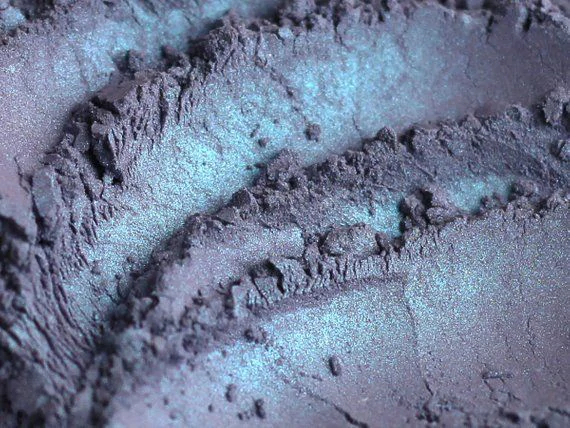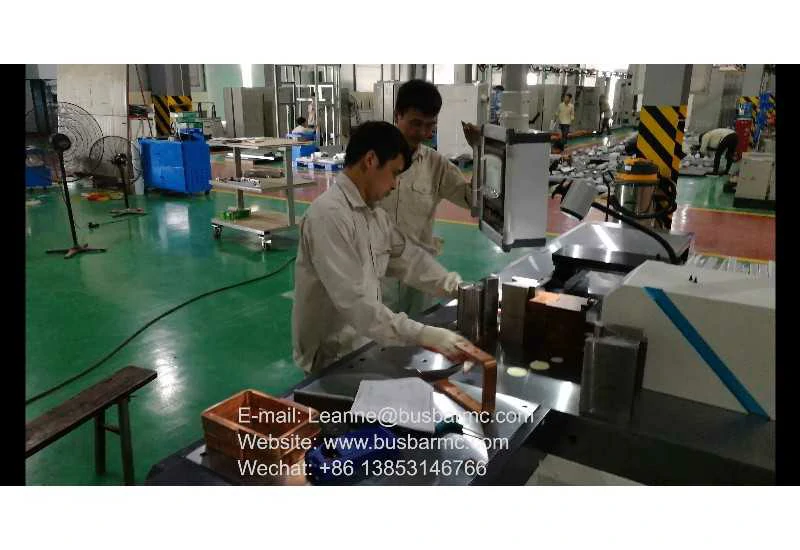Hygroscopic porous graphene airgel fibers enable efficient moisture capture, heat distribution, and microwave absorption
Introduction:
Graphene, a two-dimensional carbon material, has gained significant attention in recent years due to its exceptional electrical, thermal, and mechanical properties. Researchers have been exploring various applications of graphene, including energy storage, electronics, and sensors. In this article, we will discuss a fascinating application of graphene in the form of hygroscopic porous airgel fibers that enable efficient moisture capture, heat distribution, and microwave absorption.
Moisture capture:
One remarkable property of hygroscopic porous graphene airgel fibers is their ability to efficiently capture moisture from the surrounding environment. The porous structure of the fibers allows for a large surface area, facilitating the adsorption of water molecules. This property makes them ideal for applications such as humidity control in buildings, moisture removal from sensitive electronic devices, and even water harvesting in arid regions. The high moisture capture capacity of the fibers ensures efficient and sustainable moisture management.
Heat distribution:
Another unique feature of hygroscopic porous graphene airgel fibers is their excellent heat distribution capability. Graphene’s high thermal conductivity enables efficient transfer of heat across the fibers. This property can be utilized in various applications, such as thermal management in electronic devices, cooling systems in vehicles, and heat dissipation in industrial processes. The use of these fibers can enhance energy efficiency and reduce the risk of overheating in numerous applications.
Microwave absorption:
The exceptional electromagnetic properties of graphene make hygroscopic porous airgel fibers excellent candidates for microwave absorption. Their unique structure, combined with the high electrical conductivity of graphene, allows for efficient absorption of microwave radiation. This property opens up possibilities in fields such as wireless communication, radar technology, and electromagnetic shielding. By incorporating these fibers, it is possible to create devices that can absorb and dissipate microwave energy with high efficiency.
Conclusion:
Hygroscopic porous graphene airgel fibers possess fascinating properties that enable efficient moisture capture, heat distribution, and microwave absorption. These fibers have the potential to revolutionize various industries, including building materials, electronics, and telecommunications. The exceptional characteristics of graphene, combined with the porous structure of the fibers, make them versatile and highly desirable for a wide range of applications. Further research and development in this field will undoubtedly unlock even more exciting possibilities for using these fibers in the future.



